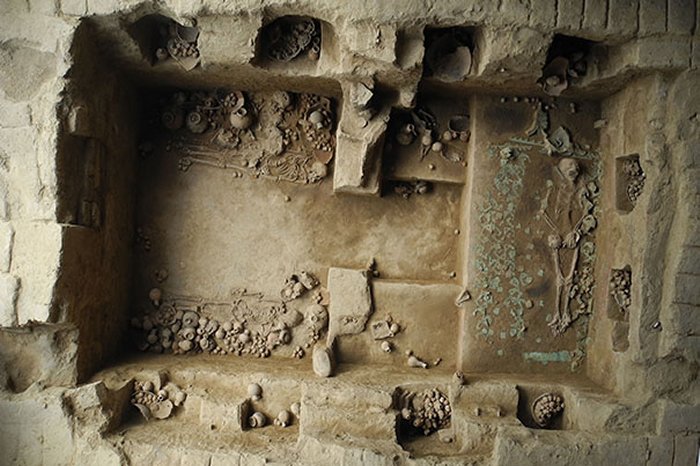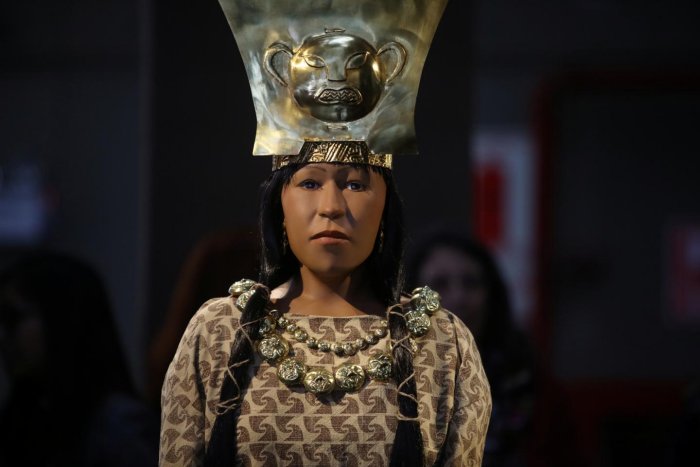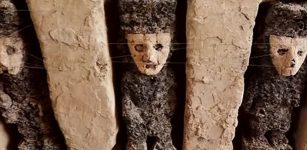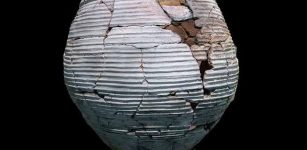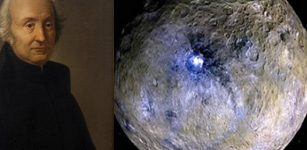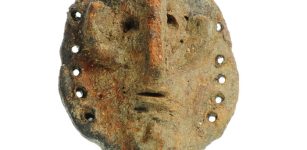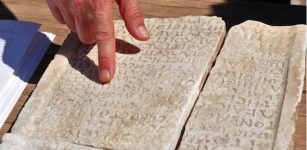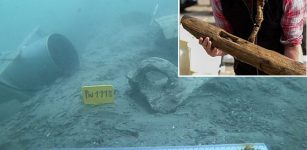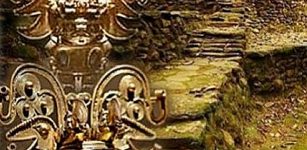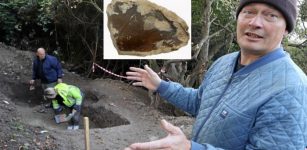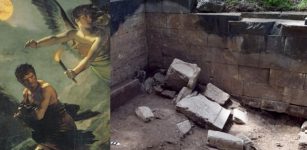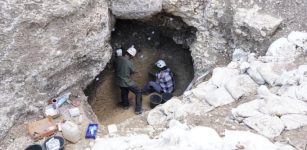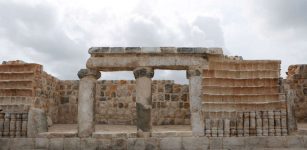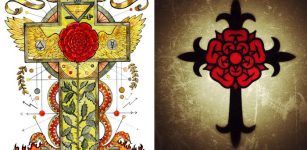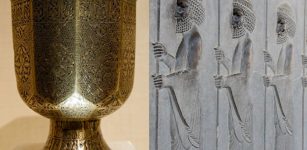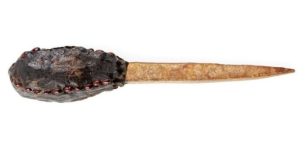Face Of Queen Lady Cao Reconstructed – Unique Look At The First Known Female Ruler In Peru
AncientPages.com - Using sophisticated 3D technology and skull of an ancient mummy, scientists have successfully reconstructed the face of queen Lady Cao who ruled in Peru about 1,700 years ago.
Her mummy was discovered at the Cao Viejo adobe pyramid, in the Chicama Valley, just north of the modern city of Trujillo. The queen belonged to the Moche culture that thrived in the northern coastal region between 100 and 800 AD.
Facial reconstruction of Lady Cao.
The Moche flourished before the Incas, between the first and eighth centuries, at the same time the Mayas thrived in Mexico and Central America. They dominated the desert through a complex irrigation system, built adobe pyramids, and, like many ancient cultures, used religion to unify society.
The Moche civilization had no written language. However, they left thousands of ceramic vessels with intricate drawings portraying their daily lives and their cosmological beliefs.
Ancient tomb of Lady Cao. Courtesy of Luis Castillo
Lady Cao held political and religious power in the Chicama River Valley died at an age of 25 after giving birth. Lady Cao the was first known female governor in Peru.
See also:
Ancient Tomb Of Peru’s Moche Priestesses Unearthed
Beautiful Ancient City Of Pisac In The Sacred Valley, Peru – Incredible Inca Ruins
El Volcán: Mysterious Volcano-Shaped Pyramid With Never Revealed Secrets In Peru
Scientists worked for 10 months to replicate the woman's face and based on the reconstruction it is now evident Lady Cao was a woman with an oval countenance, a brown complexion and long black hair in two braids.
Queen Lady Cao was buried with valuable metal items and wooden scepters wrapped in copper that symbolized the power she wielded when she was alive. She had a diadem of gold on her head and wore a large V-shaped crown with the image of a puma in the center and a necklace with large beads, each bearing the same feline face.
A replica of The Lady of Cao face, a female mummy found at the archaeological site Huaca El Brujo, a grand pyramid of the ancient Moche pre-hispanic culture, is seen at the Ministry of Culture in Lima, Peru July 4, 2017.
Image credit: Guadalupe Pardo/Reuters
Examinations of her mummy revealed that she had several symbolic tattoos. On her arms and feet, scientists discovered snake and animal tattoos. Other tattoos on her body included spiders, the tree of life, star-like figures, all of which were considered sacred elements and which also appear on the friezes of the larger temples in the El Brujo archaeological complex.
Peruvian Culture Minister Salvador del Solar said during the presentation at Lima’s Museum of the Nation that it was a privilege to announce this “strange and rare combination of the future and the past” of being able to see the face of a long-dead leader.
AncientPages.com


